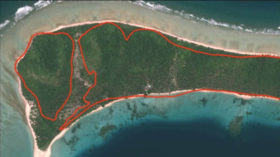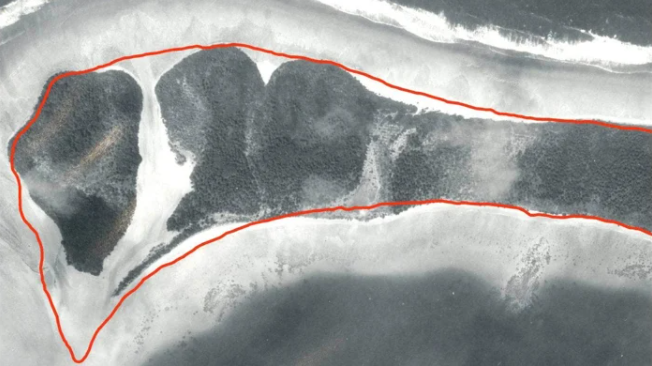Contrary to climate alarmism and media coverage, reef islands are GROWING despite rising sea, says new study

Against all odds, low-lying reef islands actually appear to be growing in some parts of the world, despite rising sea levels, increasing their footprint and defying doomsday predictions.
Geomorphologist Murray Ford from the University of Auckland in New Zealand led a team of researchers who examined Jeh Island, one of the 56 islands that make up the Ailinglaplap Atoll in the Marshall Islands, itself one of the most endangered nations on Earth.
Ford and his team pored over aerial and satellite imagery of the island from above and made the startling discovery that not only has Jeh increased in total land area by 13 percent since 1943, it may actually have once been four separate islands which have now morphed together due to net land-mass gains.
Also on rt.com World is literally a greener place than it was 20 years ago, according to NASA data“Counter to predictions, popular media coverage and political proclamations, recent studies have shown the majority of reef islands studied have been stable or have increased in size since the mid-20th century,” the research team from the University of Auckland in New Zealand, led by Ford, explains.
According to the geomorphologist and his colleagues, the more dire sea-level rise predictions were based on the assumption that islands are static and unchanging and would therefore simply drown once the tides rose enough.
The research team found that the islands grew courtesy of recently generated organic material formed by the reef and not sediment washed inland by the tides.

“The coral reefs which surround these islands [are] the engine room of island growth, producing sediment which is washed up on the island shoreline,” Ford explains. “Healthy coral reefs are essential for this process to continue into the future.”
Research dating back as far as 2018 found that among 30 coral atolls, accounting for over 700 islands in total, 88.6 percent remained stable or increased in size in recent decades, while none lost land overall.
Think your friends would be interested? Share this story!












